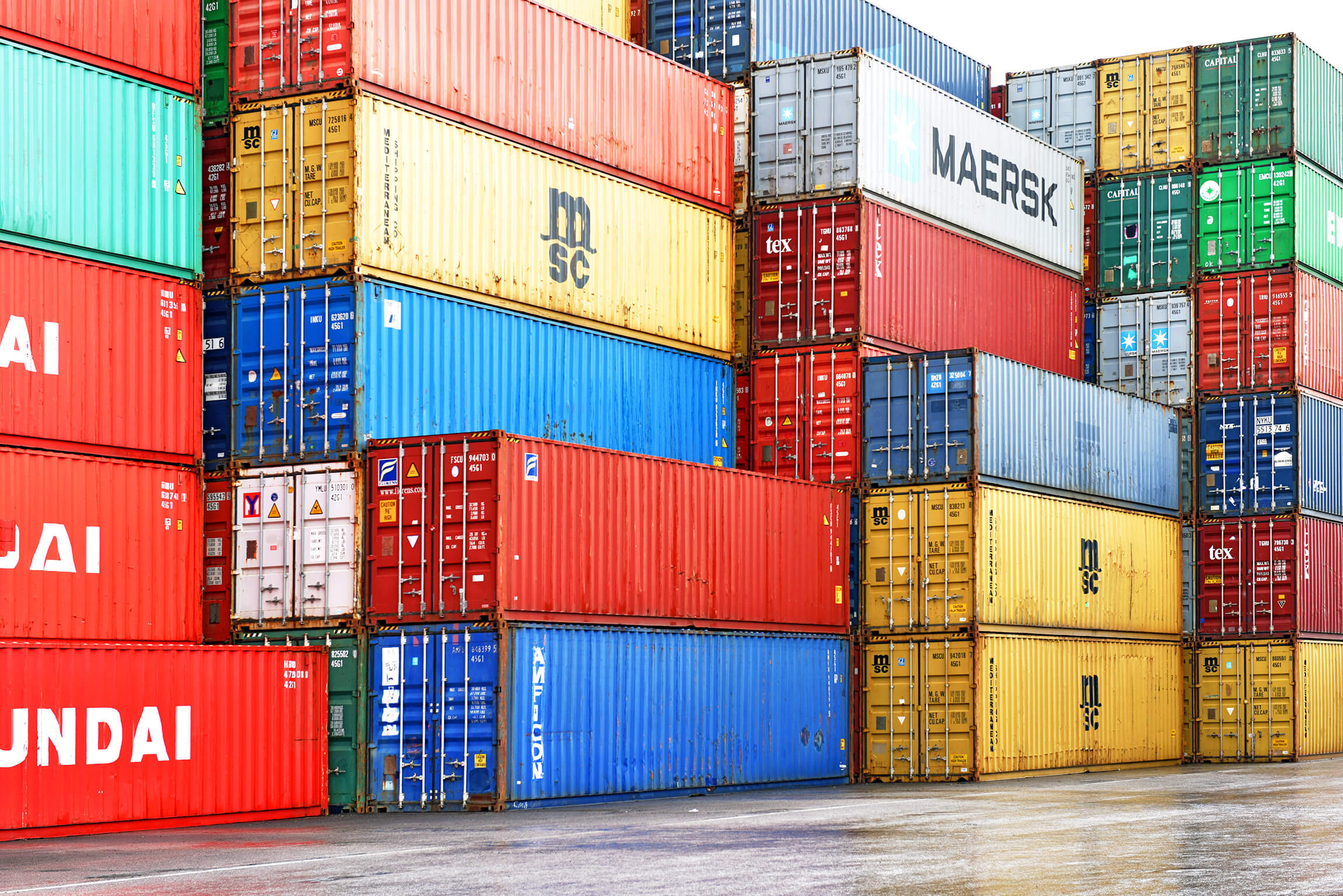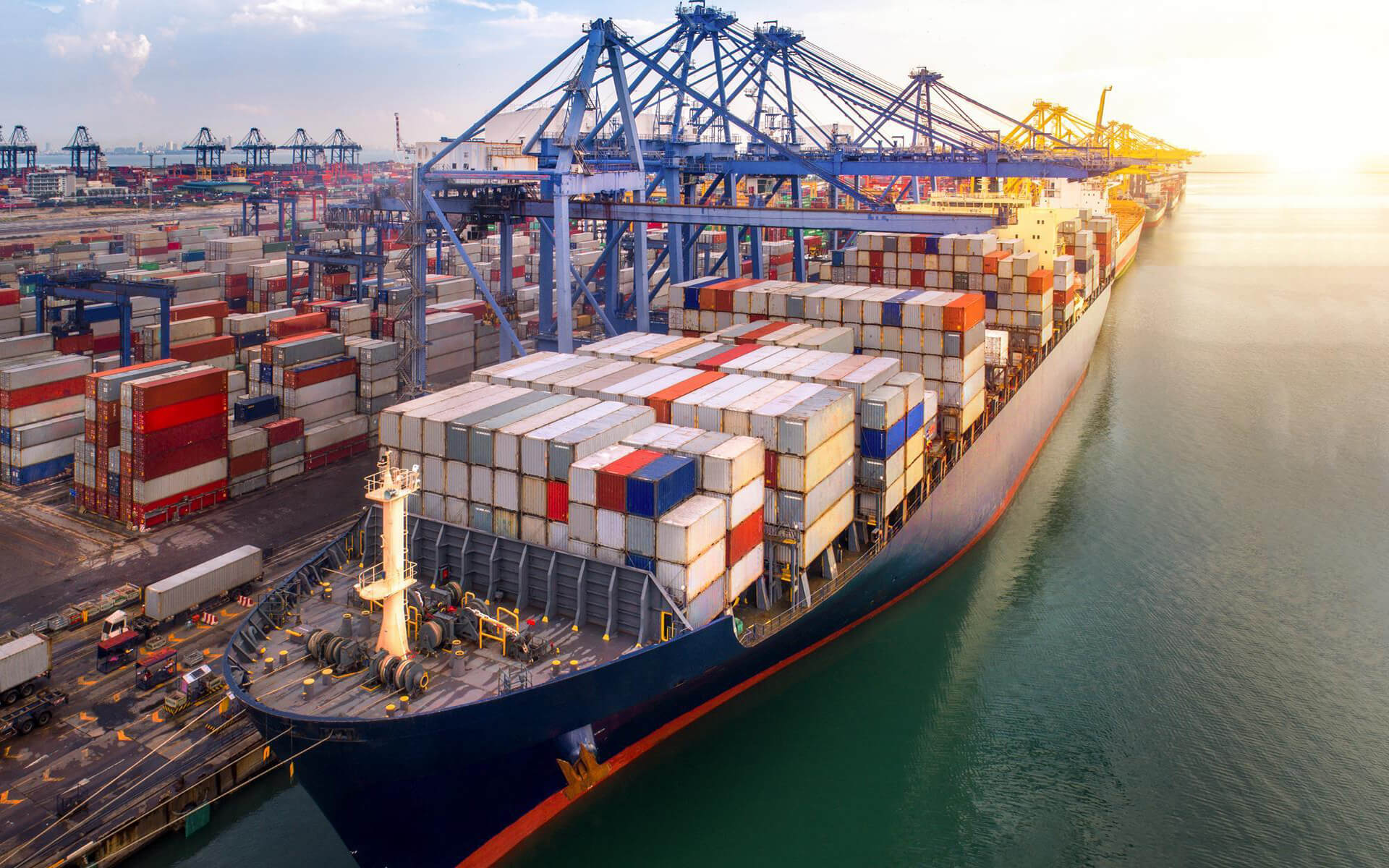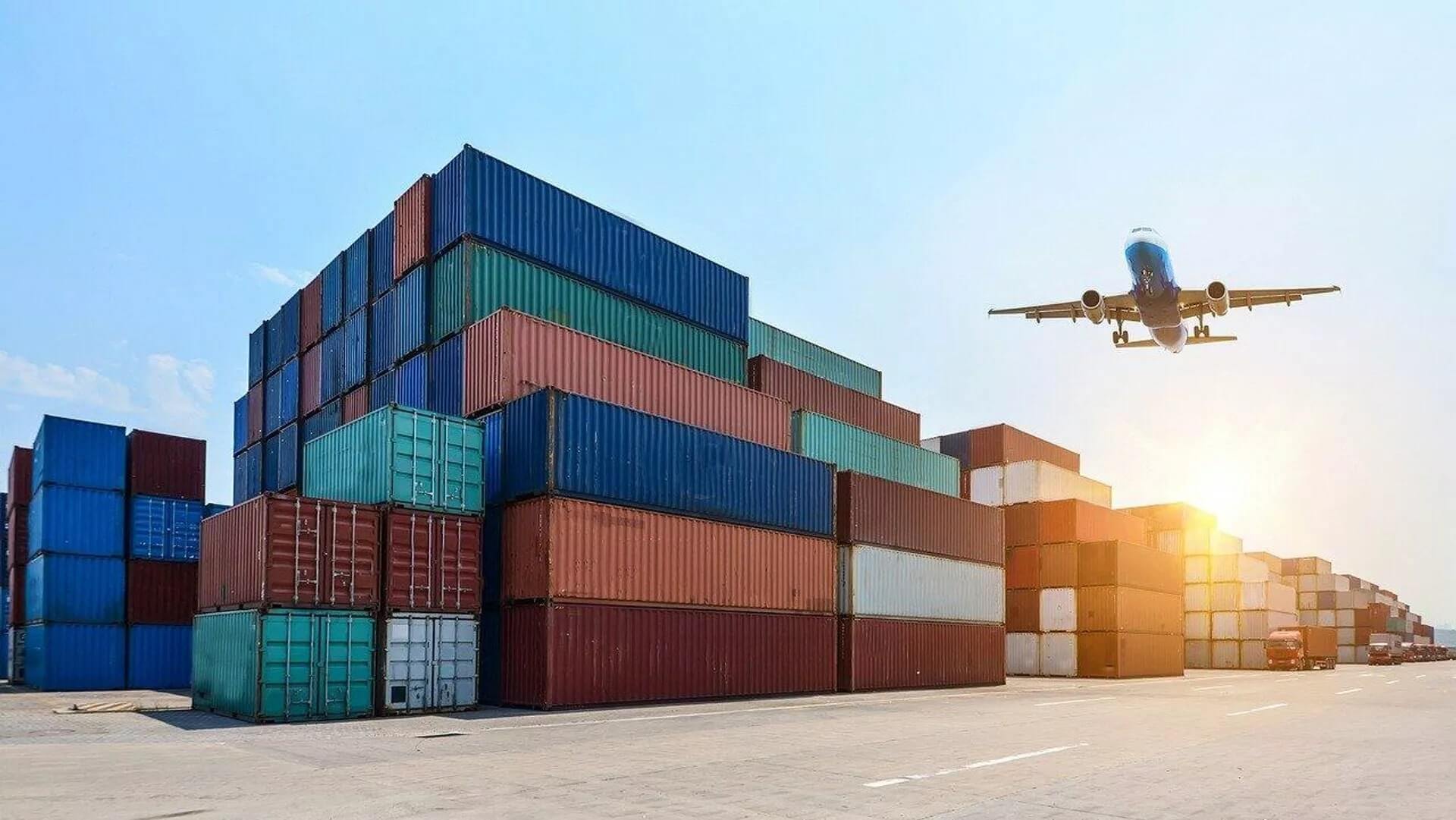
In the world of shipping and logistics, several specialized terms are used to describe various processes and charges. One such term is “demurrage.” Understanding demurrage is crucial for anyone involved in the shipping industry, as it can have significant financial implications. This article will explain what demurrage is, why it occurs, and how the charges are calculated.
What is Demurrage?
Demurrage refers to the fee charged by a shipping line to the consignee (the receiver of the goods) for using the container beyond the agreed free time. Free time is the period allowed for loading or unloading the cargo without incurring extra charges. Once this period elapses, demurrage charges begin to accrue.
The primary purpose of demurrage is to ensure the quick turnaround of containers, enabling shipping lines to maximize their container utilization and maintain an efficient supply chain.
Why Does Demurrage Occur?
Demurrage can occur for several reasons:
- Delays in Customs Clearance: One of the most common reasons for demurrage is delays in customs clearance. If the necessary documentation is not in order or there are issues with the cargo, it can take longer to clear customs, leading to demurrage charges.
- Port Congestion: In busy ports, congestion can lead to delays in loading and unloading containers. This can result in demurrage charges if the free time is exceeded.
- Inadequate Planning: Poor planning and coordination between the consignee, shipper, and transporters can cause delays in the delivery and unloading process, leading to demurrage.
- Documentation Issues: Incorrect or incomplete documentation can delay the release of goods, resulting in additional time spent at the port and subsequent demurrage charges.
How Are Demurrage Charges Calculated?
Demurrage charges vary depending on the shipping line, the port, and the type of container. They are typically calculated on a daily basis and can increase progressively over time. Here’s a general outline of how demurrage charges are determined:
- Free Time: Shipping lines offer a certain number of free days for import and export containers. The free time can vary depending on the port, the shipping line, and the type of cargo.
- Daily Charges: Once the free time has expired, demurrage charges are applied on a per-day basis. These charges can vary depending on the container type (e.g., 20-foot, 40-foot, refrigerated) and the duration of the delay.
- Progressive Rates: In many cases, demurrage charges are structured progressively. The longer the container stays beyond the free time, the higher the daily charge becomes. For example, the first five days after the free time might incur a lower rate, which then increases after five days and again after ten days.
Examples of Demurrage Charges
To illustrate, let’s consider an example:
- Free Time: A shipping line may offer five days of free time for a 40-foot container.
- Initial Rate: For the first five days after the free time, the demurrage charge might be $50 per day.
- Increased Rate: After ten days, the rate might increase to $100 per day.
If a container is delayed for 15 days beyond the free time, the demurrage charges would be calculated as follows:
- First five days: 5 days x $50/day = $250
- Next ten days: 10 days x $100/day = $1,000
- Total Demurrage Charges: $1,250
Reducing Demurrage Charges
To minimize demurrage charges, it is essential to plan and coordinate effectively. Here are a few tips:
- Efficient Documentation: Ensure all necessary documentation is complete and accurate to avoid delays in customs clearance.
- Clear Communication: Maintain clear communication with all parties involved in the shipping process, including shipping lines, port authorities, and customs officials.
- Timely Transportation: Arrange for timely transportation of goods to and from the port to avoid unnecessary delays.
- Monitor Port Congestion: Stay informed about port conditions and plan shipments to avoid peak congestion periods.
Conclusion
Demurrage is an important aspect of shipping logistics that can have significant financial implications if not managed properly. By understanding what demurrage is, why it occurs, and how the charges are calculated, shippers and consignees can better plan their operations to avoid unnecessary costs. Efficient planning, clear communication, and timely transportation are key to minimizing demurrage charges and ensuring a smooth and cost-effective shipping process.
If you need expert assistance with your shipping and logistics needs, including managing demurrage and other charges, contact RAM International Shipping today. Our experienced team is here to help you navigate the complexities of international shipping with ease. Reach out to us now to discuss your requirements and get started on a cost-effective shipping solution!



